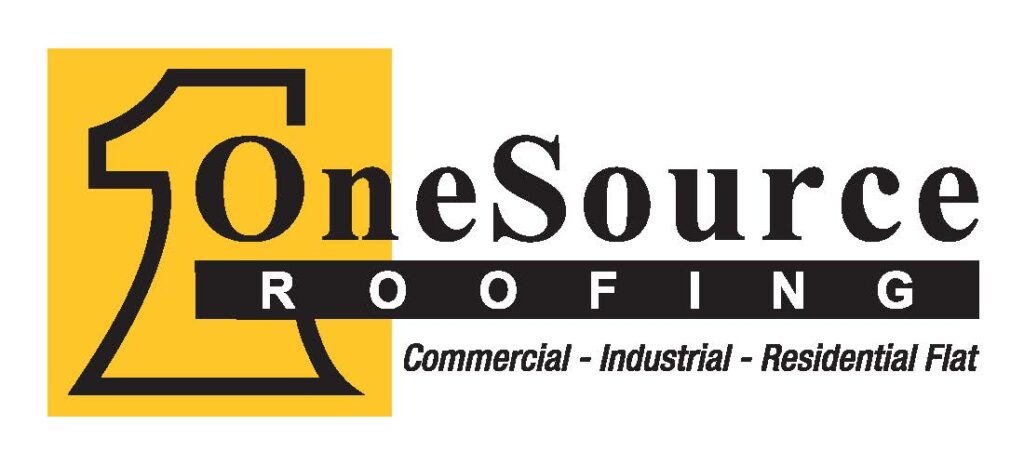EPDM Roofing Installation & Replacement
Architects, roof consultants, property managers, and manufacturers typically agree on EPDM or rubber roofing as the low-slope commercial roofing material of choice when it comes to long-term performance. This membrane is the only single ply with over 50 years of in-place experience. The long-term value, superior hail resistance, dimensional flexibility, reparability and overall durability combined to provide a remarkable choice when deciding what type of roof is best for your commercial or industrial building.
Our installation teams are built of experienced, detail-oriented roofing technicians who are certified by leading EPDM manufacturers (most contractors fail to pursue certifications). They have installed hundreds of EPDM systems on a variety of buildings. All are adept at installing the systems in each of these methods:
- Ballasted
- Fully Adhered
- VacuSeal Vacuum System
- Mechanically Attached
EPDM Roofing Installation – Ballasted Method
Ballasted designs incorporate loose-laid insulation and membrane and the use of ballast or pavers as securement. This method is chosen for it’s lower cost, especially for new construction.
EPDM Roofing Installation – Fully Adhered Method
Fully adhered systems require mechanical or adhesive attachment of the insulation and a 100% bonding of the membrane to the insulation. This method is for owners who desire a non-ballasted surface to service their roof easier and enjoy reduced labor and material costs in comparison to the hefty repair costs of the ballasted systems.
EPDM Roofing Installation – Mechanically Attached
Mechanically attached systems require mechanical attachment of the insulation to the deck and mechanical attachment of the membrane within the seam area. This method is for owners who are looking for a cost conscious option with still achieving long-term roof system performance. Mechanically attached systems use reinforced membranes so less waterproofing membrane goes onto the roof than fully adhered, but is a much faster installation. Dimensional stability increases greatly over the fully adhered and also provides a higher puncture resistance.

